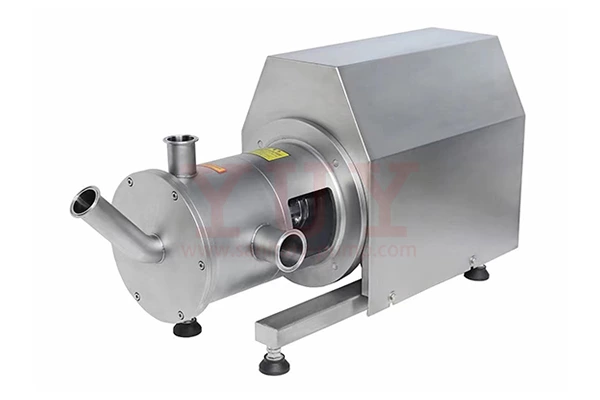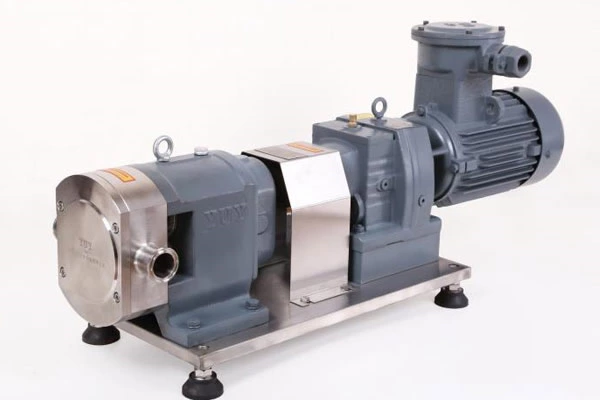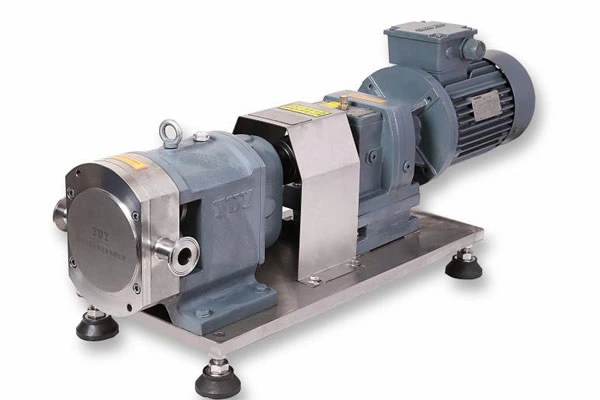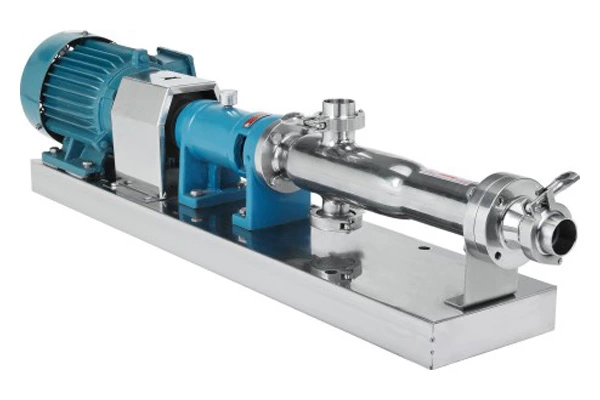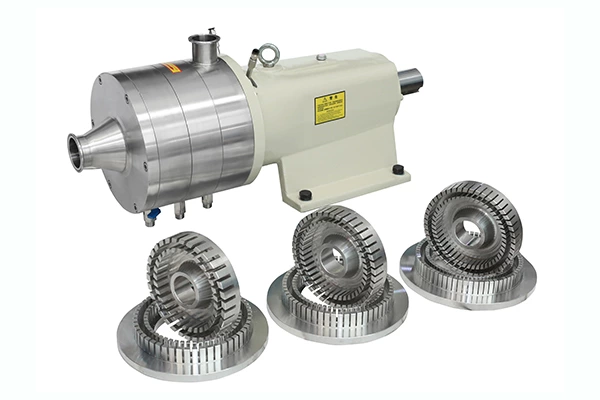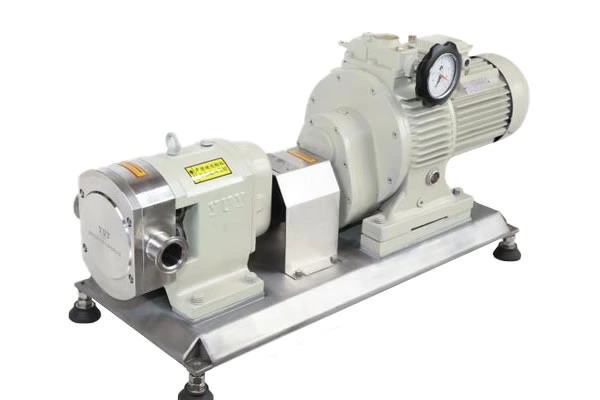How To Use Solid-liquid Mixing Pump To Save Energy
1. Improve the maintenance process of Solid-Liquid Mixing Pump to reduce hydraulic loss
1.1 Improve the smoothness of the flow channel
During maintenance, polish and polish the rust, scale, burrs and flash of the impeller and the flow part of the impeller, so that the smoothness of the flow channel reaches above △4, reducing the friction and impact vortex loss between water and the flow channel wall. However, due to the limitations of on-site conditions, it is not easy to polish the entire flow part. The key parts that affect the efficiency should be polished, such as: the positive guide vane part, the inlet part of the impeller, the outlet part of the impeller, etc. Polishing can be done until the metallic luster is seen, and the original profile of the flow channel must not be damaged.
1.2 Improve the smoothness of the outer wall of the impeller and the inner wall of the pump casing. During maintenance, polish the rust and burrs of the outer wall of the impeller and the inner wall of the pump casing, and keep the impeller's scoop deviation within the specified value to reduce the friction loss of the disc.
1.3 Reduce the impact loss at the impeller outlet
The impeller and guide vane flow centers should be aligned, the impeller flow channel cannot exceed the guide vane flow channel, and there should be no burrs or flash at the impeller outlet. During installation, the axial dimensions of the rotor and pump casing should be controlled within the allowable range. The change in the axial displacement of the pump reflects the difference in the alignment of the impellers and guide vanes at each level. During normal operation, the axial displacement of the pump should be controlled to reduce the impact loss of the fluid at the impeller outlet.
2. Reduce volume loss and improve operating efficiency
(1) Reduce leakage loss in the pump, improve the processing accuracy and assembly quality of parts, reduce the radial clearance of the throttle sleeve in front of the balancing disk and the radial clearance of the front and rear sealing rings of the impeller and the guide vane sealing ring, and reduce the pressure energy loss caused by the leakage of liquid in the pump from the high-pressure side to the low-pressure side. For the impeller sealing ring, guide vane sleeve, throttle in front of the balancing disk and other parts, materials with higher hardness should be selected, and heat treatment should be performed to improve wear resistance.
(2) When starting the solid-liquid mixing pump in cold state, the pump should be fully warmed up according to the regulations. If the pump is not fully warmed up, a large thermal temperature difference is likely to occur between the upper and lower parts of the pump body, causing the rotor to deform in an arched shape. At this time, starting the pump is likely to cause the internal sealing gap to wear out, resulting in internal leakage and increased reflux volume loss.
(3) During operation, carefully monitor the axial movement of the pump and the change in the drainage pressure behind the balance plate. During normal operation, if the drainage pressure behind the balance plate changes greatly compared to the pump inlet pressure, it should be repaired in time to reduce leakage losses and improve the volumetric efficiency of the pump.
(4) When adjusting the load, it should be stable to avoid large fluctuations in the water supply pressure, maintain the continuous and stable operation of the solid-liquid mixing pump, reduce the axial movement of the pump, and avoid wear of the sealing gap.
3. Reduce leakage losses in the water supply system
(1) Under normal operation, the drain gate, drain gate, pump body drain gate, regular sewage gate, and emergency drain gate of the water supply system should be closed tightly. The back of the gate should be cool when checked by hand. Valves that are not tight should be handled in time.
(2) Reduce the leakage loss of the recirculation gate of the solid-liquid mixing pump. The recirculation device of the solid-liquid mixing pump is used to maintain a minimum flow rate when the solid-liquid mixing pump is started, just put into operation, and when the boiler water supply is stopped, so as to prevent heating due to low flow during operation, vaporization of feed water, and accidents. The recirculation gate should be closed tightly during normal operation. On site, due to structural and material problems, the recirculation gate generally leaks seriously under the scouring effect of a large pressure difference, and a large amount of high-pressure feed water returns to the deaerator for useless work, resulting in a waste of electric energy and even affecting the boiler feed water. At this time, it should be shut down in time, and the recirculation gate with serious leakage should be repaired to maintain its good tightness. In addition, when starting the feed water pump, when the pump is running normally, the recirculation gate should be closed in time to reduce the power loss at this time.
(3) The outlet check valve of the standby feed water pump should be tight, and the outlet gate of the linked standby feed water pump is generally in the open state. If the check valve is not tight, the high-pressure water supply will leak back to the deaerator through the pump body, and even cause the standby pump to reverse. It should be immediately withdrawn from the standby for processing, which not only reduces the pressure energy loss of the high-pressure water supply, but also ensures the safe standby of the equipment. In addition, if the water supply needs are met, only one water supply pump outlet door can be kept in the fully open state for standby, and the outlet doors of other standby pumps can be closed to reduce leakage losses.
4. Apply variable frequency controller
The variable frequency speed regulation operation of the water pump refers to the operation of the water pump driven by an adjustable speed motor, and the operating point of the water pump device is changed by changing the speed. This greatly expands the effective working range of the water pump and is a very important and applicable regulation method in engineering. At present, the electric energy consumed by motors accounts for about 65% of industrial power consumption, and the motors used in most equipment are still general If these non-speed-regulating motors are transformed into speed-regulating motors so that their power consumption changes with the load, a lot of electricity can be saved. According to the principle of centrifugal pumps, under similar conditions, the flow, head and power of the water pump are proportional to the first, second and third powers of its speed respectively. For occasions where water consumption changes frequently, the use of variable frequency speed-regulating water pumps can significantly reduce throttling losses and have obvious energy-saving effects.
Compared with other speed-regulating technologies, water pump variable frequency speed-regulating technology has the following advantages: First, the speed regulation efficiency is high. Variable frequency speed regulation is to adjust the frequency of the water pump to the desired speed. After the change, the motor still runs near the synchronous speed of the frequency, basically maintaining the rated speed difference, and the speed loss does not increase. Therefore, the variable frequency speed regulation water pump is a high-efficiency speed regulation pump. Second, the speed regulation range is large. The speed regulation range of the inverter can reach 1%-100%, and it has a high speed regulation efficiency in the entire speed regulation range. When the speed regulation range is less than 30%, the inverter efficiency can reach 90%. Therefore, the variable frequency speed regulation water pump is particularly suitable for a wide speed regulation range and is often operated under low load. Third, the speed regulation modification is convenient. The motor can be modified to adjust the speed without replacing the motor. Fourth, the speed can be adjusted continuously and the starting current is small. The optimal operating speed can be selected to achieve low-speed starting and smooth speed adjustment. The maximum speed is not affected by the power supply, and the motor can be high-speed and miniaturized. Fifth, the frequency conversion device can also serve as a starting device. The motor is started to a certain speed through the frequency conversion power supply, and then the frequency conversion power supply is disconnected, and the motor is accelerated to full speed by the industrial frequency power supply. Sixth, the main circuit can maintain direct power supply. When the frequency conversion device fails, it can exit the operation and be directly powered by the main circuit without affecting the continued operation of the water pump.
